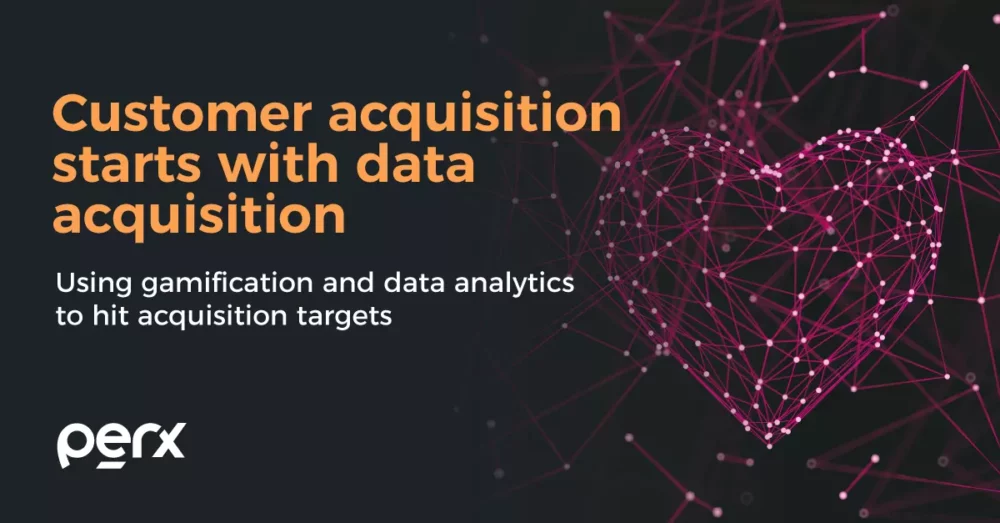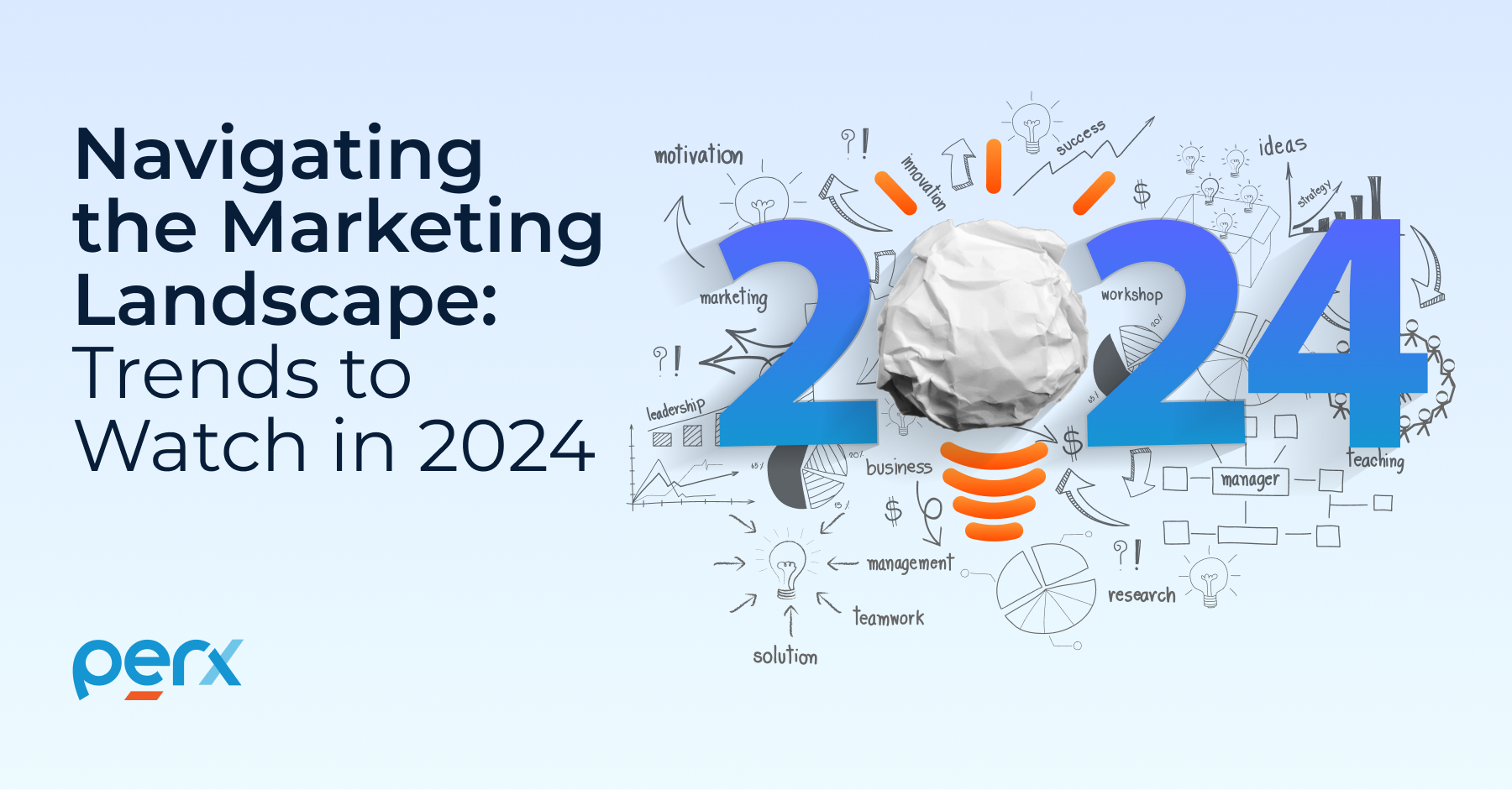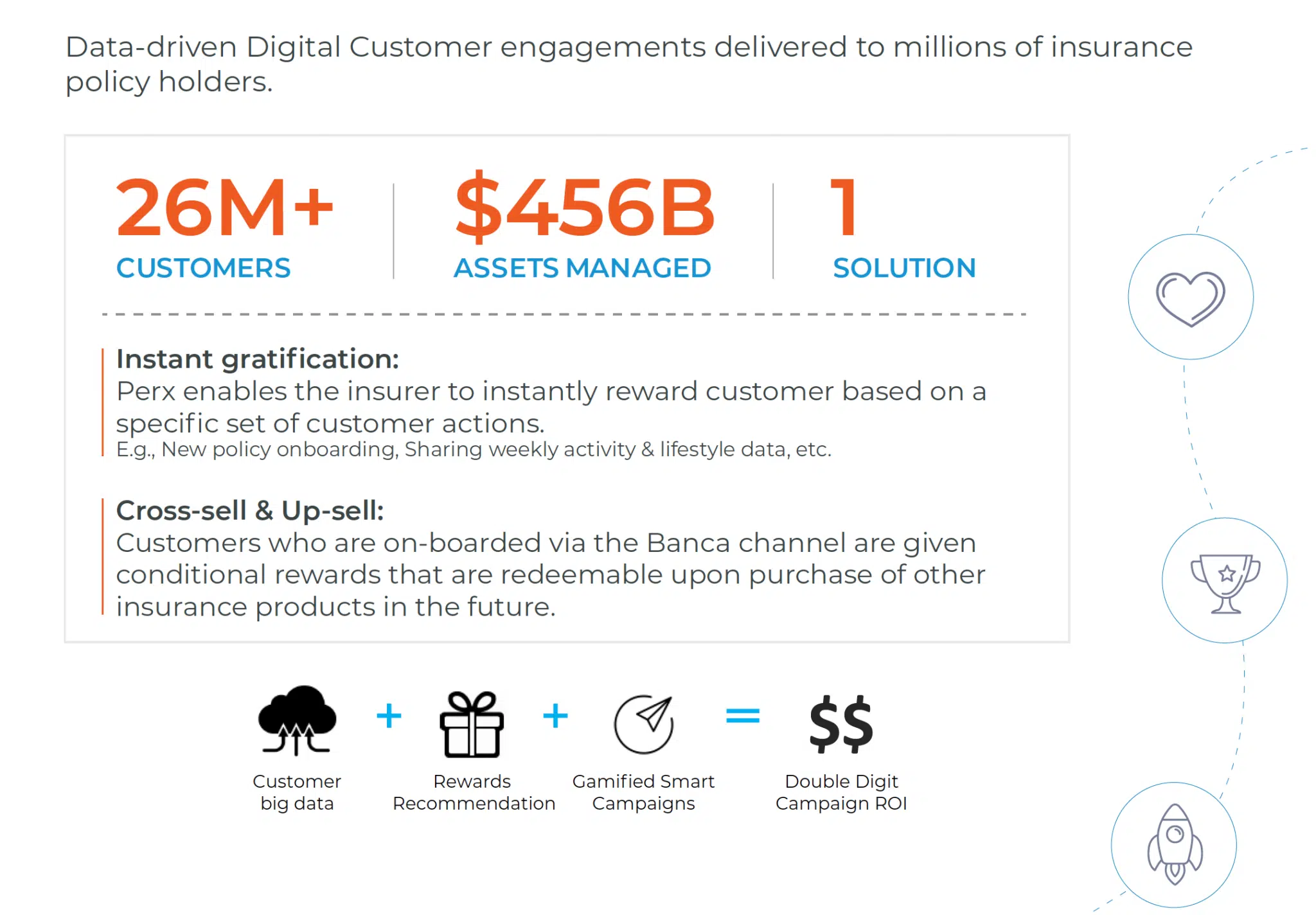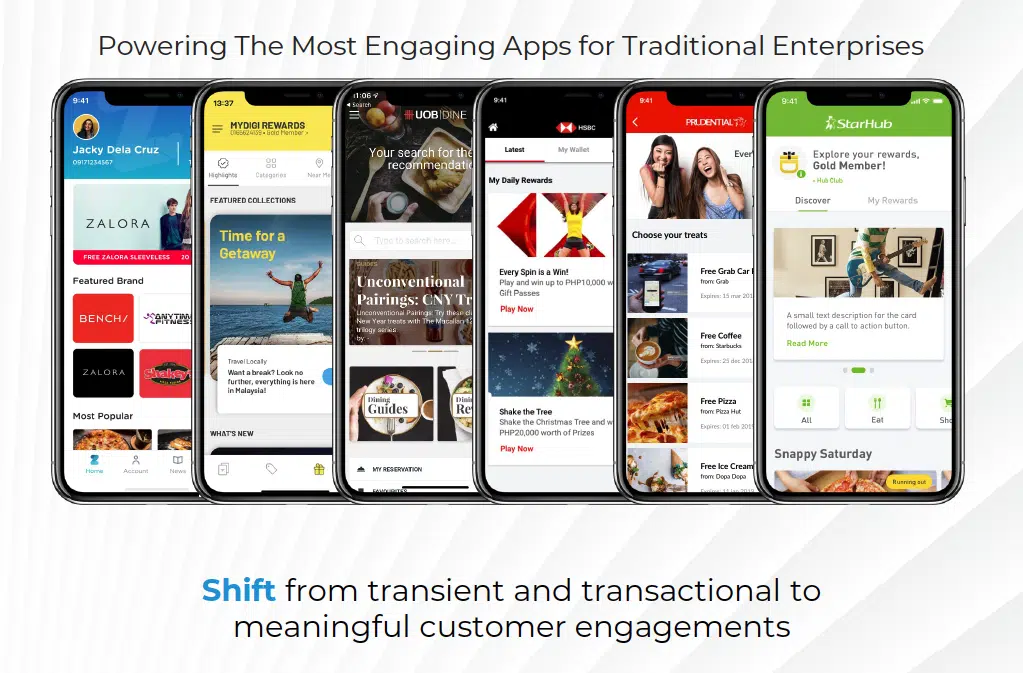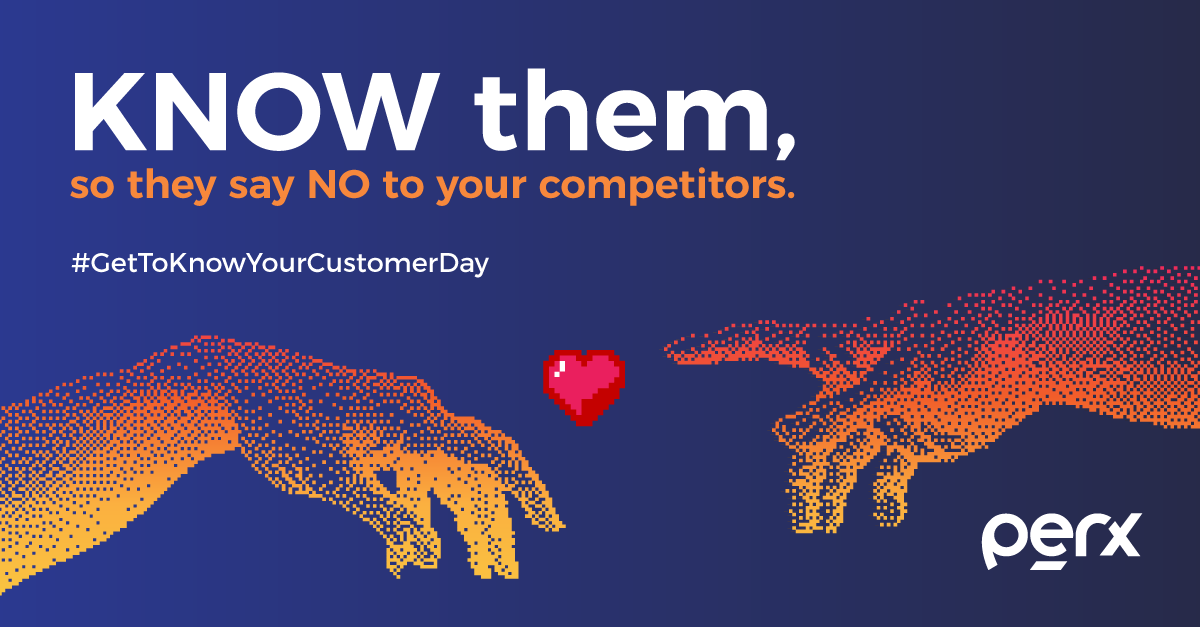The little rules engine that could: Creating the ultimate customer journey

The little rules engine that could: Creating the ultimate customer journey
When dealing with customers digitally, it’s important to create a well-planned-out journey. This ideal set of interactions will keep people on the right track as they engage with the brand and deepen their loyalty over time. Creating this journey, however, can be a challenge.
Too many companies are spending excessive amounts of money to keep their customers on a preferred path. Rather than using an automated rules engine that will set rewards and triggers for loyalty and rewards programs, they’re working with expensive and restrictive manual efforts. These major expenses cut into the return on investment, offsetting the value and usefulness of loyalty programs and other engagement features.
What your organization needs to get out of this pattern is an effective, affordable rules engine. With the right rules in place, you can lay out a suitable path for your customers while keeping up a strong ROI.
More time conceptualizing, less time executing
Getting customers to engage with a brand in a specific way can be difficult and time-consuming if there are too many manual processes involved. When a business doesn’t have much automation in place and customer outreach is handled on a case-by-case basis, employees are investing time that could be better spent elsewhere.
A business that is manually guiding customers from one engagement to the next may be losing its ability to pull back, look at the big picture and form a strategy. Ironically, these companies spending more time controlling the customer journey end up with less control, because they can’t create an overarching plan.
Creating a smooth customer experience, where users are guided naturally from one interaction to the next, should be a major priority for businesses today. This is especially important because Gartner research has found that customer expectations are rising and 81% of marketers envision CX as the competitive battlefield of the future.
How can your business create a positive CX while performing less manual outreach? It all comes down to automation, powered by a strong rules engine. The custom triggers and outcomes programmed into the engine determine the path of a customer’s journey, with less intervention from your team. No matter how sophisticated your customer engagement strategy is, there’s an automation solution for you.
An continuous customer journey
When designing an automated, rules-based customer journey, you should make sure there are no obvious off-ramps for your customers. This means eliminating the inconveniences that may make a person stop engaging with the brand.
An off-ramp can be anything that hurts a customers’ enjoyment, such as an irrelevant reward, a long wait before re-engagement or a bad mobile experience. Ideally, each contact will lead to further engagements, with the customer setting their chosen pace. Each micro-experience is strung together into the next, creating a continuous and seamless journey.
Each time a customer engages with a brand, the interaction should be positive and resonant. CMSWire quoted Harvard Business School’s Gerald Zaltman, who states that 95% of customers’ buying decisions are emotional, rather than coldly logical. If your brand is making people feel good, they’re more likely to stay loyal.
CMSWire added that personal touches are a valuable element of the customer journey, as long as they are added seamlessly into the journey, and in ways that improve interactions. This is another area where automation is better than heavy manual intervention. Customers should be getting tailored experiences by default.
A rules engine is the behind-the-scenes technology that makes a never-ending, personalized customer journey possible. A good engine will allow your team to create an intricate system of triggers and outcomes to keep customers engaged indefinitely through earn and burn or loyalty points, rewards and hyper-personalized experiences that are immediately relevant to them.
With varied game mechanics for earning and using points on customized rewards, you can win the CX war and keep your audience interested.
Actions equal triggers, milestones equal rewards
Building out a loyalty strategy on a rule engine means creating customized loyalty actions. Common interactions serve as triggers, and when customers reach milestones in their engagement with the brand, they receive rewards.
These reward allotments and the triggers that activate them will differ for each brand, and they give you the chance to lead customers down ideal paths for long-term loyalty. Salesforce noted that rewards can be more interesting than just discounts on future purchases. Your brand can offer free subscription services to customers who reach a loyalty threshold, or even invite them to exclusive events.
When you’re using a rules engine to plan out a strategic loyalty and rewards program, you’re free to go more in-depth about what you offer to your most engaged customers. Your choice should reflect customer data and intensive research, so you can be sure you’re giving them rewards and experiences that fit their goals and lifestyles.
Loyalty programs may even include offers that don’t go directly into your customers’ pockets: Salesforce added that some compelling engagement programs involve charitable components. By engaging with your brand, people are contributing to worthy causes they care about.
Perx has the rules engine you need
To get started building the automation-driven customer rewards journey of your dreams, you can invest in the Perx Loyalty and Engagement Platform.
The rules engine enables deep customization without time-consuming and difficult manual adjustments. You can design compelling reward earning and redemption scenarios that encourage customers to interact with your business in specific ways, leading them on a journey that suits both their preferences and your objectives.
Customized rules can be based on the real-time information coming in from real customer interactions. This means you can tweak and optimize the program based on actual information rather than assumptions. Such a level of precision allows you to shape the customer journey and experience in ways that will deliver results.
Rather than having to build a rules engine from scratch, the Perx Lifestyle Marketing platform gives you this capability right out of the box. Request a demo to learn exactly how it works.
Recommended for you

Blogs

Sustainability

Blogs
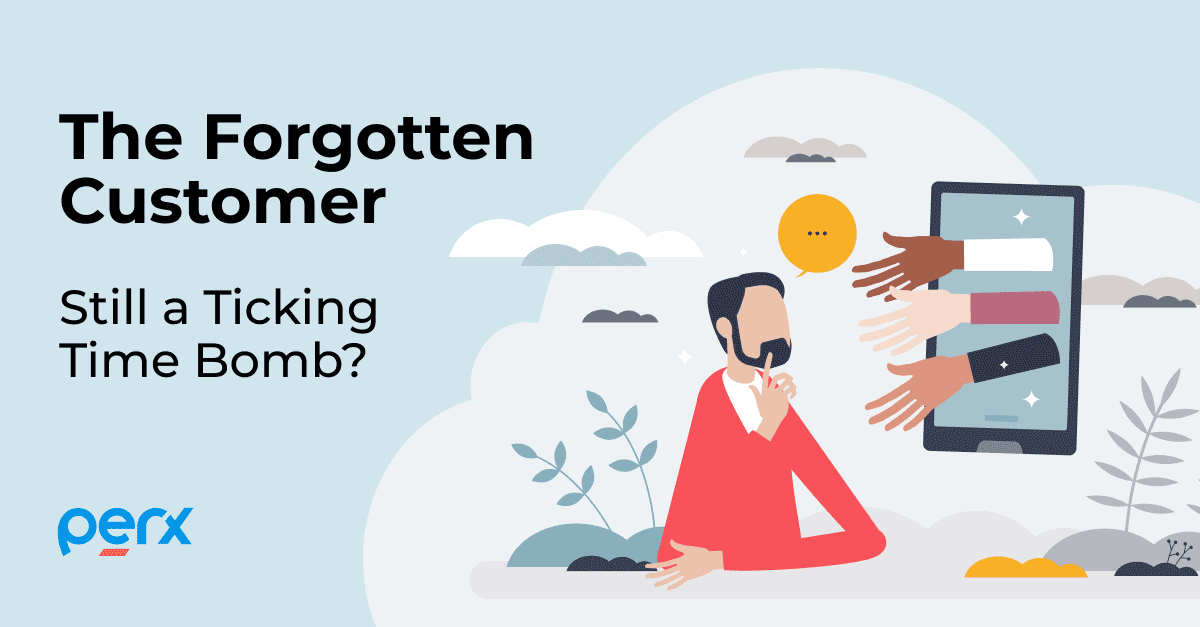
Blogs

Blogs
Ready to join them?

